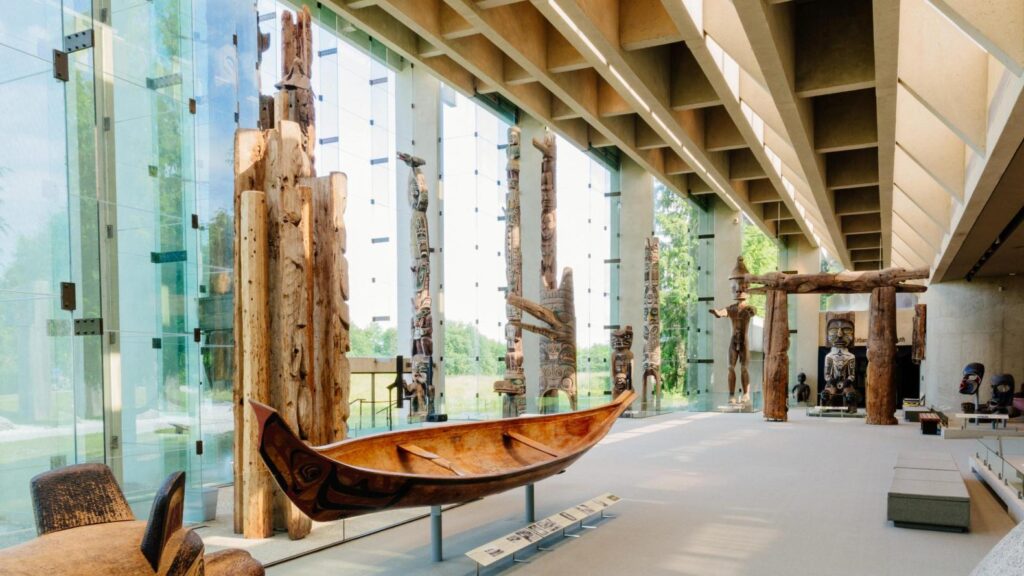
The Great Hall of the Museum of Anthropology at UBC (MOA) is a cultural and architectural masterpiece that requires modern seismic safety measures to protect against future risks. In a Q & A with the Sustainability Hub, Dr. Tony Yang, a professor in the Department of Civil Engineering and an expert in earthquake engineering, discusses the implementation of base isolation technology to upgrade the Great Hall’s seismic safety without compromising its historical significance.
Diving into how the design and execution prioritized sustainability, and the importance of seismic safety in tectonically active regions such as Vancouver, Dr. Yang shares advice for engineers and architects working on projects involving historic or culturally significant structures. He also discusses educational opportunities at UBC related to seismic safety and the significance of protecting culturally meaningful buildings for cities across the Pacific Northwest.
Can you tell me about the specific seismic update measures that were implemented in the Great Hall of MOA?
The Great Hall of MOA is being seismically upgraded with base isolation technology. This is a technology where we isolate the building from the earthquake, by cutting all the foundations and putting the building co to co on the roller so when the grounds move, the building doesn’t experience the earthquake feeling. That’s the technology that is currently in the process of being implemented to protect the artifacts in the building.
Can you tell us about any courses or educational opportunities that you offer related to the Great Hall seismic upgrades? Or the broader topic of seismic safety and history or culturally significant buildings? What kind of topics or skills do these courses cover? And what do you hope students will take away from them?
At UBC in the Department of Engineering, we offer a spectrum of courses. As we are the center for earthquake engineering in the country, we have both undergraduate courses and graduate courses regarding earthquake engineering and seismic design. In particular, the technology which is used for the Great Hall is taught in CIVL 505, Principles of Earthquake Engineering and Seismic Design, where we teach students the theory and ways to design the technology to protect buildings. However, there’s no one solution that fits all. So we train the student to understand the basic theory, the building code, and the novel technology that has already been developed. And then we can take the knowledge to apply. There are many projects in addition to the MOA seismic update here in town. The First Nation elderly center in Tsawwassen uses another technology with a self-centering friction damper.
Visit the UBC Sustainability Hub Website to read the full Q&A.
Through Strategy 2: Inspiring Spaces, UBC is working to establish dedicated, accessible and inspiring spaces, indoor and outdoor, that provide forums for interdisciplinary interaction and that showcase the impact of our work more broadly.